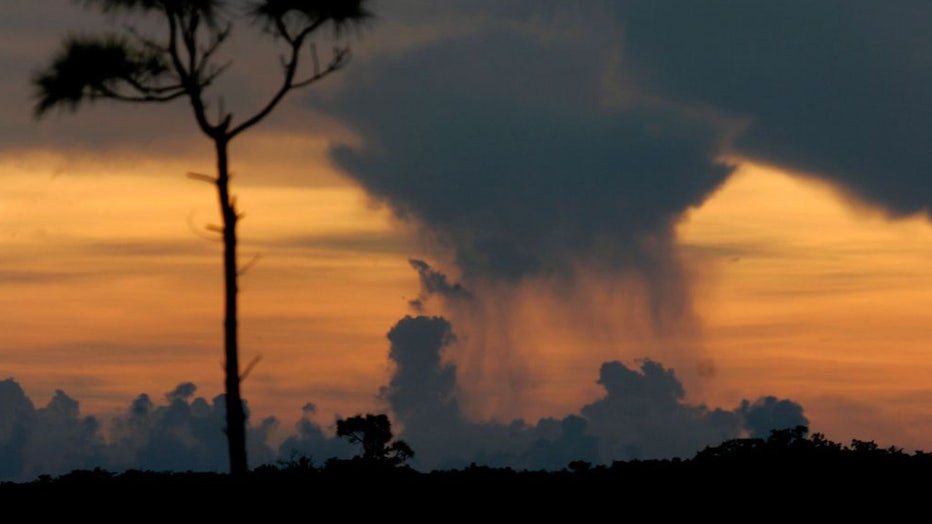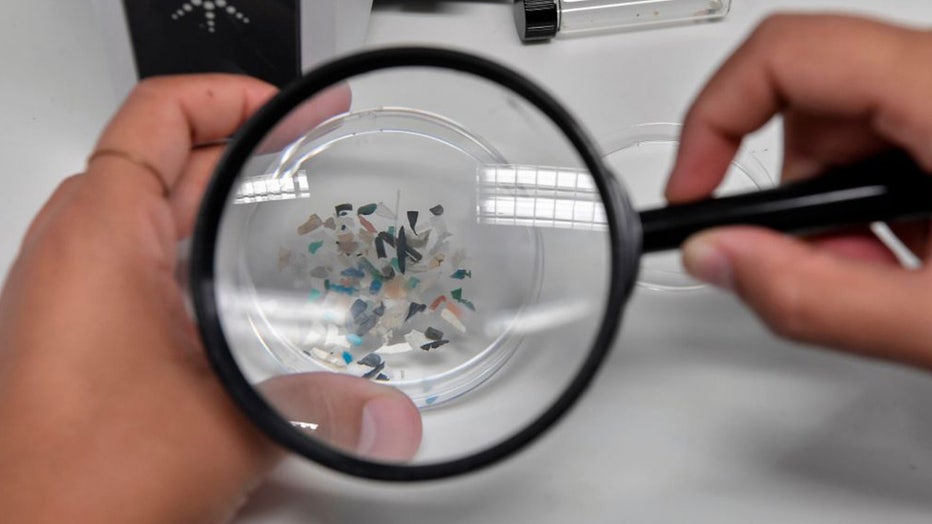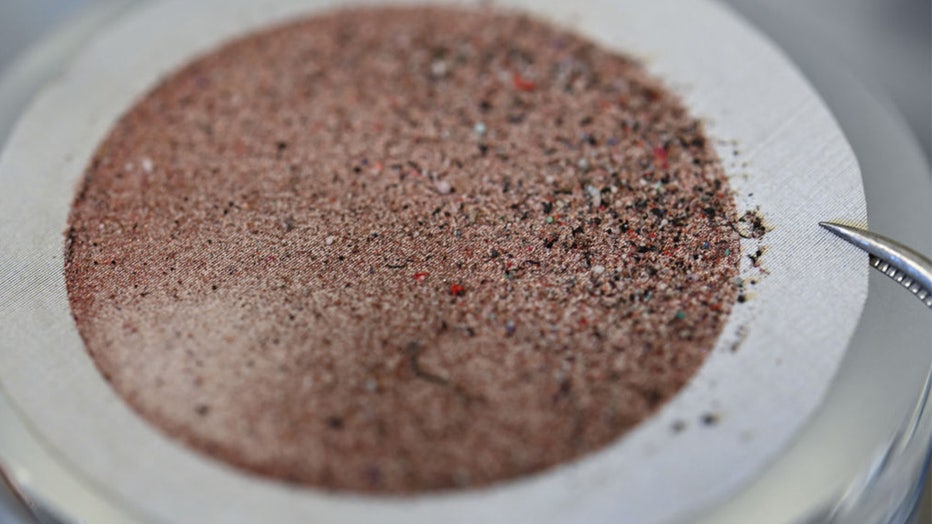Evidence of microplastics found in clouds above mountains in Japan, study says
It may be in the water, it may be in your blood and now, microplastics may be in the clouds above you, according to a new study from Japan.
Researchers from Waseda University collected cloud water from the summits of Mount Fuji and Mount Oyama, as well as the southeastern foothills of Mount Fuji, and found evidence of microplastics.
Nine types of microplastics were identified from the samples, according to the study which was published in Environmental Chemistry Letters in August.

FILE - This picture taken on Dec. 9, 2021 shows Mount Fuji pictured from Mount Ishiwari near Oshino, Yamanashi prefecture. (BEHROUZ MEHRI/AFP via Getty Images)
The types of microplastics included polyethylene, polypropylene, polyethylene terephthalate, polymethyl methacrylate, polyamide 6, polycarbonate, ethylene–propylene copolymer or polyethylene–polypropylene alloy, polyurethane, and epoxy resin.
Polyethylene terephthalate is a synthetic resin, which is often found in clothing fibers, containers for liquids and food, and found in food in general.
Polyethylene is one of the most common types of plastics primarily used in packaging for food, medical tubing and cable wires.
RELATED: Non-stick pans could be releasing millions of tiny plastic particles into your food, study finds
The presence of microplastics in the cloud water implied that these tiny pieces of plastic have become an "essential component of clouds," according to a university news release about the study.
Researchers presumed that since evidence of microplastics have been found in our oceans, it is very likely that they will find their way into the atmosphere and further spread via "plastic rainfall."

FILE - A rain cloud moves over the Florida Everglades Sept. 12, 2007, in the Everglades National Park, Florida. (Joe Raedle/Getty Images)
"Microplastics in the free troposphere are transported and contribute to global pollution. If the issue of ‘plastic air pollution’ is not addressed proactively, climate change and ecological risks may become a reality, causing irreversible and serious environmental damage in the future," said Professor Hiroshi Okochi, the study lead.
Microplastics are plastic particles that measure less than 5 mm in size, according to researchers.

FILE - A biologist looks at microplastics found in sea species at the Hellenic Centre for Marine Research near Athens, on Nov. 26, 2019. (LOUISA GOULIAMAKI/AFP via Getty Images)
RELATED: 170 trillion pieces of plastic are in the Earth’s oceans, study finds
They enter the environment in many ways. Some slough off of car tires and wash into streams — and eventually the ocean — during rainstorms. Others detach from fleeces and spandex clothing in washing machines and are mixed in with the soiled water that drains from the machine. Some come from abandoned fishing gear, and still more are the result of the eventual breakdown of the millions of straws, cups, water bottles, plastic bags and other single-use plastics thrown out each day.
The impacts of microplastics on human health is still in its infancy, according to Harvard Medicine.
According to a World Health Organization report from 2022 which measured the level of microplastics in our drinking water, there is no strong evidence to say these pieces of plastic are impacting our health.
RELATED: Researchers find microplastics in human placentas for 1st time, calling it 'matter of great concern'
However, current technologies can’t yet tell researchers what amount of microplastic ingested by humans can truly have negative health effects, according to Harvard.

FILE - Microplastic particles have settled on a stainless steel membrane after filtration in the laboratory of the Institute of Environmental and Process Engineering at RheinMain University. (Arne Dedert/picture alliance via Getty Images)
The report is WHO’s first review to investigate the potential human health risks of microplastics. It said people have inadvertently consumed microplastics and other particles in the environment for decades without sign of harm.
RELATED: Microplastics found in human blood for the 1st time, study says
Andrew Mayes, a senior lecturer in chemistry at Britain’s University of East Anglia who didn’t participate in the WHO report, agreed that microplastics in water don’t appear to be a health worry for now.
"But I wouldn’t want people to go away with the idea that microplastics are no longer important," because they might be harming the environment, he said. He said stronger measures to reduce plastic are needed.
The Associated Press contributed to this report. This story was reported from Los Angeles.

